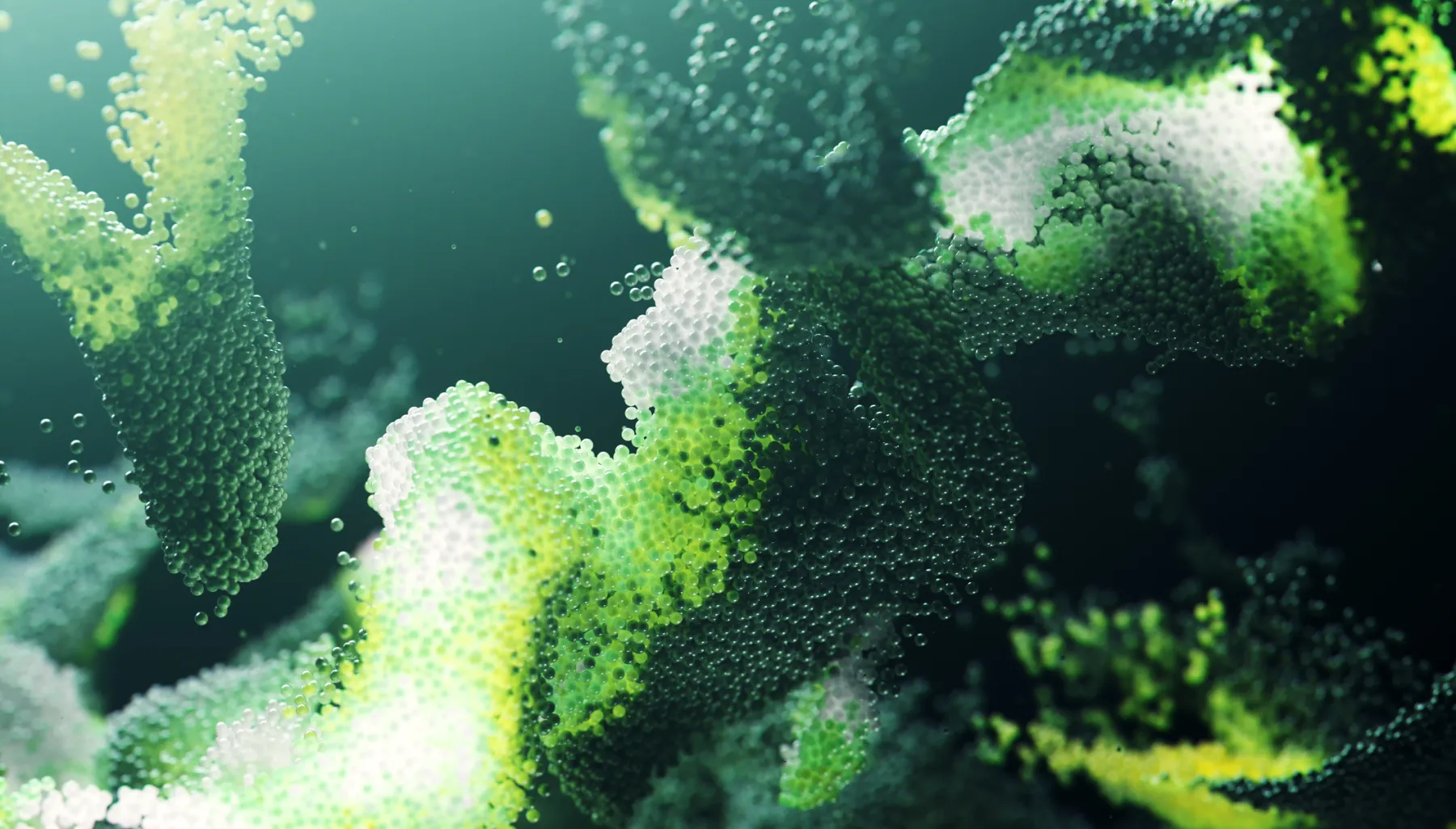There's been a lot of excitement about AI in life sciences lately. What's your perspective on this boom?
The AI boom in life sciences has triggered a rush of new technologies for designing fit-for-purpose molecules. The potential is enormous, with benefits for both therapeutics and manufacturing. We're seeing new algorithms to design better molecules emerge almost daily and growing eagerness to leverage this technology.
But what we've found in our work with pharmaceutical and biotech companies is that the real value of AI isn't just in building better algorithms—it's in implementing them effectively. At Danaher, our technologies touch nearly every stage of drug development and diagnostics. That gives us unique insights into where AI can truly make a difference in advancing molecular design, and where it may have an impact of less magnitude than what we’re looking for.
What do you see as the key factor that determines success when implementing AI in life sciences?
Wet lab integration is the key that will make or break AI’s success. Right now, there is a wealth of open-source models for optimizing and improving a wide range of activities in drug development and life sciences. Some, like AlphaFold, have the potential to transform our industry. In just the past few years, we've seen countless papers describing these powerful models and the number is only growing.
But in the real world, many of these models aren't being used effectively yet. There's a tremendous opportunity to think more proactively about how these models will be implemented and design processes to fully leverage their potential.
In fact, proper and thoughtful integration will be needed across the AI landscape in life sciences. I’ve talked previously about the critical importance of real world-based feedback loops to inform the AI we train and develop.
For molecular design specifically, the critical interaction point is where computational design meets experimental validation. Building a robust flywheel between the two requires feedback loops where wet lab results inform computational design, which then guides more targeted experimentation. Even the most sophisticated AI model can generate thousands of promising candidates, but only real-world testing confirms which ones actually work.
Can you give us a practical example of how AI is transforming a specific area of drug development?
Protein purification is a perfect example. It's a critical step in drug manufacturing that has traditionally involved a manual, iterative process to design better ligands, or binding molecules for capturing specific proteins. The challenge is optimizing multiple factors simultaneously: the ligand needs high affinity for the target protein, low affinity for everything else, and the ability to be easily washed away to release the protein.
This work has relied on libraries of well-characterized proteins, but these libraries are inherently limited. A typical library might contain 100 billion sequences, which sounds impressive until you consider the potential solution space. With 60 amino acids and 20 possibilities for each position, that's 10^84 potential protein designs. You literally have a better chance of finding a specific drop in an ocean than finding the right protein on the first try.
Today, there are many life sciences companies that are in the process of evaluating this technology for drug discovery pipelines, including some of Danaher’s operating companies. Since AI isn't constrained to existing libraries, it can potentially reveal entirely new design possibilities that human experts or even evolution might never have discovered.
Are there other therapeutic areas where you're seeing similar applications?
Absolutely. Cell and gene-based therapies pose a significant challenge due to the complex factors that need to be balanced in the selection and identification of potential therapeutic candidates. These factors include robust expression, high affinity and specificity, stability and low immunogenicity. Our operating company, Integrated DNA Technologies’ (IDT) extensive portfolio helps researchers narrow the section. AI can assist in optimizing these sequences across all these dimensions simultaneously. While manual optimization might yield just a few improved sequences, AI approaches can generate thousands of promising candidates, each optimized for specific properties.
How has AI changed the way we think about data in drug development?
One of the greatest mental shifts is recognizing that there's no longer such a thing as wasted data—as long as it's well designed. For example, an initial list of AI-generated candidates might have only a 5% success rate in the real world, since some factors can be difficult to predict. But all that data, including from the 95% of candidates that failed, can be fed right back into the model's next phase, providing valuable information about binding volume and quality. This makes the process smarter and more efficient with each iteration.
Eliminating wasted data translates directly into saving time. While it might take months to generate a new library of potential candidates through traditional methods, in silico models take only a fraction of the time to run, with the added benefit of being able to pivot to new areas of interest as they arise.
What's your vision for the future of AI in drug development?
The ultimate goal isn't just better predictions—it's fundamentally transforming how we design and manufacture drugs. We believe it's possible to vastly reduce drug development timelines with the right AI tools and data analytics, but achieving this requires rethinking each step of the process through the lens of AI-enabled design and validation.
In the end, even the most sophisticated AI model is only as good as our ability to translate its predictions into real-world impact. By focusing on the integration of computational and experimental approaches, we can unlock the true potential of AI in molecular design and transform how we develop and manufacture the next generation of therapeutics.



